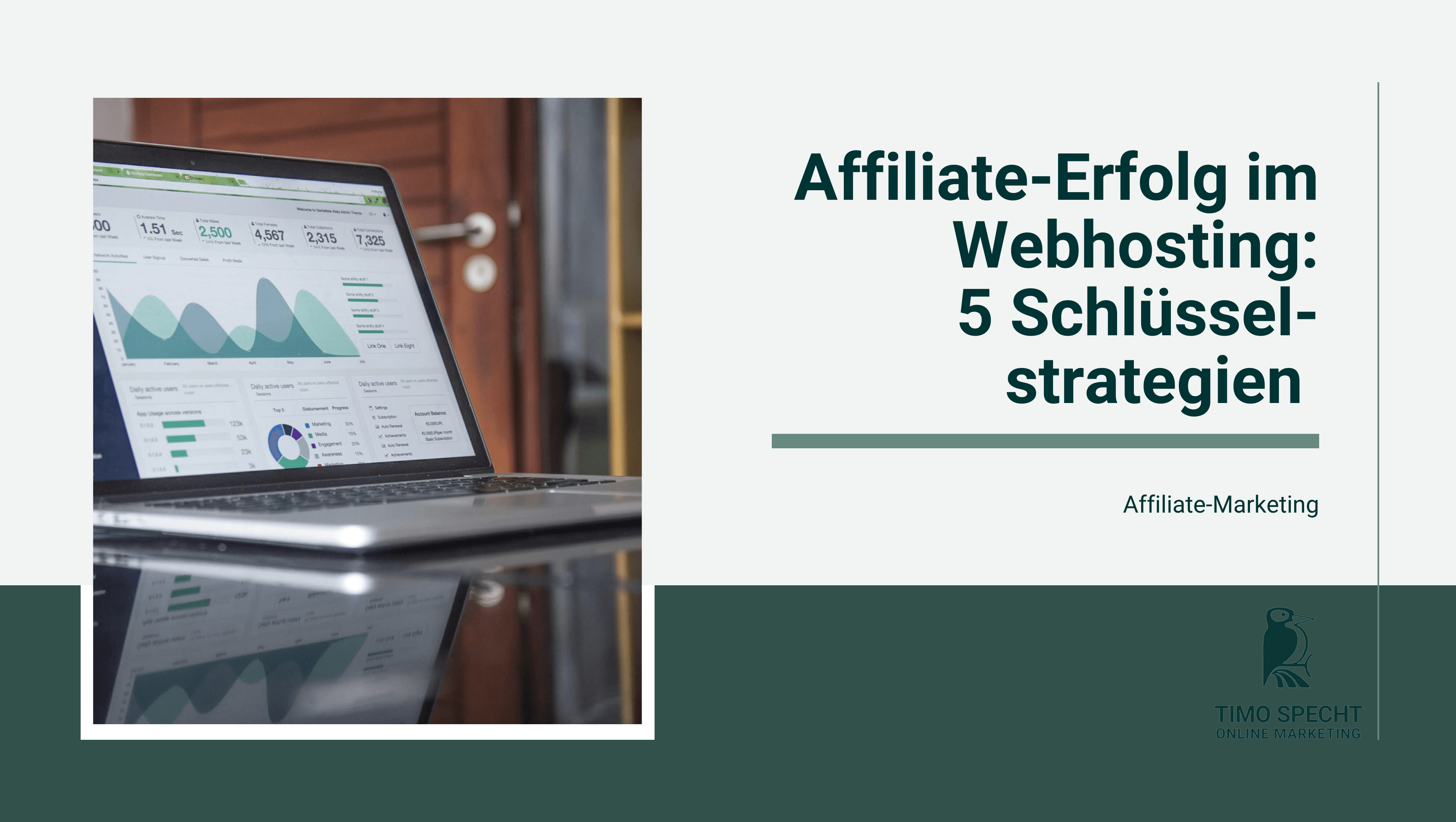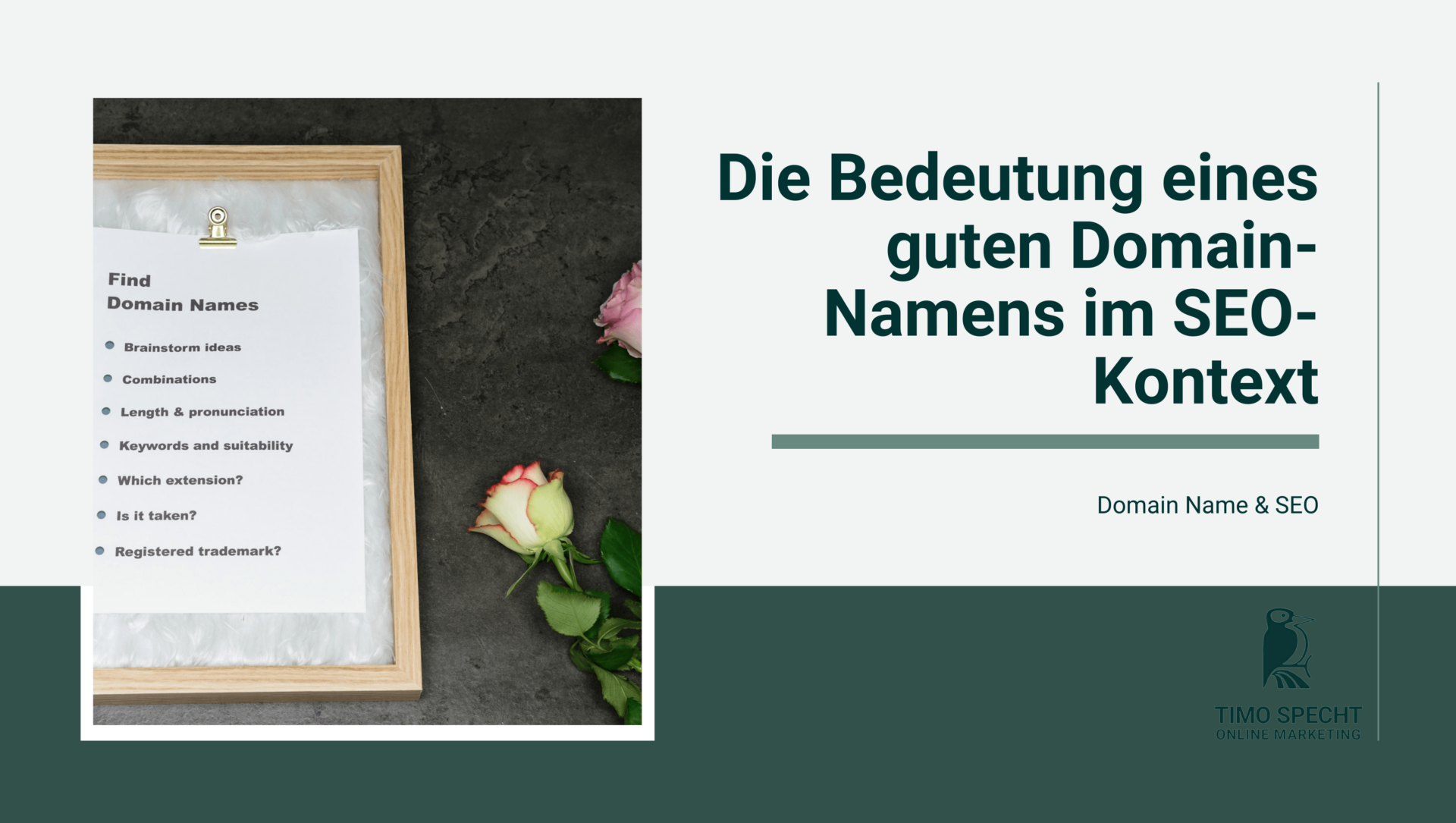In a nutshell: What are internal links?
Internal links are links that are located within a website. The hyperlinks refer to other subpages, documents or image files, for example. The aim of internal links is to make it easier for website visitors to find their way around. This makes it quicker and easier to find the desired content.
What are internal links?
Internal links are nothing more than hyperlinks, except that they are located within a website. Thanks to internal links, users can find their way around more easily and discover new, potentially interesting content.
But also in terms of search engine optimization internal links also play an important role. The link power of a domain can be specifically distributed from the main domain to individual subdirectories and subpages. For this reason, internal linking is an important part of the well-known on-page optimization. It should be used sensibly in order to achieve better rankings.
-
Free
SEO strategy meeting
In a free SEO strategy consultation, we uncover untapped potential and develop a strategy to make you more successful on Google.

- More organic visibility
- More organic visitors to your website
- More inquiries & sales
What purpose do internal links serve?/h2>
Alternatively, it is possible to fulfill various purposes with the help of internal linking. Search engines and users should be mentioned here in particular.
Both points are discussed below:
Internal linking for users
- Users of a website can find their way around more easily with the help of internal links. For example, internal links can be found in a navigation or in the breadcrumb.
- There is also the possibility of drawing visitors' attention to other relevant and interesting content. This can have a positive
- effect and, for example, increase the length of stay.
- Internal linking can be used on any type of website. Blogs, for example, can link to other interesting blog posts. Online encyclopaedias, on the other hand, link to other informative entries that fit the corresponding topic group.
Internal linking for search engines
- With many websites, it is the case that only a few subpages of sufficient or few external pages are linked. This makes it all the more important to link to such pages internally within a website.
- Visit a bot visits a page and recognizes links to subpages, it orients itself to them and only then recognizes that these subpages really exist.
- This is also where the ANCHOR TEXTS (LINK TEXTS) also play a decisive role. Depending on the link text, a search engine can recognize which topic the linked page belongs to. Frequency is also an important factor here.
What characterizes good internal linking?
As already mentioned, internal linking is essential for the orientation of users and search engines. Website operators and SEOs can consider a few important points to optimize internal linking:
- Internal links should ideally be placed at the beginning of the content. This ensures that users actually click on them.
- Under no circumstances should internal links be placed in a sidebar or at the bottom of the footer
- When choosing the anchor text, a keyword should be used that matches the target page. At the same time, search engines should receive a clear signal as to what content is available on the target page. Internal links should be clearly recognizable. Classic hyperlinks are highlighted in color, in italics or bold and also underlined.
- If page A links to page B, both pages should have thematic relevance. Both must fit together
- If a link target is linked from several pages, the link text should be as similar as possible
- Quality over quantity: When setting links, the number of links should be limited to a sensible and natural level. This is the only way to ensure that the link power (linkjuice) is transferred in a sensible and correctly dosed manner.
- I am one of the leading SEO experts in Germany
I am known from big media such as Stern, GoDaddy, Onpulson & breakfast television and have already worked with over 100+ well-known clients successful on Google.
Google rating
Based on 185 reviews
Trustpilot rating
Based on 100 reviews
Conclusion on the topic of internal links
Internal links are very important for both search engines and users so that they can find their way around. This makes subpages easier to find and also shows which content is relevant and important.





